I’m asked a lot of questions to which I give the same answer, “Get a strength training routine.”
Do you have a strength training routine? 💪🏽💪🏽💪🏽
Here’s why you should get one.
Of the many reasons why strength training should be part of your exercise routine, here are my two favorites.
1. Strength training helps you to lose weight. 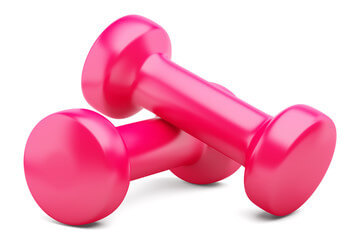

Most people don’t equate strength training with weight loss. Most focus on doing cardio to lose weight. You know, exercises like walking, cycling, and swimming. They make your heart beat faster and burn calories. But to lose weight, strength training is more effective. Especially as the years go by.
Let me unpack that.
Strength training continues to burn calories even after you finish your exercises. It helps muscles grow and burn calories now, later, tomorrow, and a week from Tuesday. You get it. If you have more muscle mass, you’ll burn more calories. Always. Not just while you’re out walking your pooch or raking the fall leaves.
If your weight loss slows down or stops, try adding more weight training to get it moving again.
2. Strength training helps you live longer and better.

With every passing year, Father Time takes away more of our muscle mass. I’m sure you’ve noticed it yourself. Your muscles are smaller. You have more trouble climbing stairs. You’re wobblier on your feet. You have lost muscle that helps you burn calories and gives you strength and stability.
It’s called sarcopenia, and because of it, we’re less able to burn calories. If we’re less able to burn calories, we’re less likely to lose weight.
Being older, being overweight or obese, and having chronic diseases like diabetes and kidney disease can cause sarcopenia.
Sarcopenia can be a problem for weight loss. It can also make you frail and need help with daily activities and moving around.
Sarcopenia increases the rates of hip fractures.
- 1 in 3 adults aged 50+ dies within 1 year of suffering a hip fracture.
- 10% of frail people who have a hip fracture die within 30 days. 30% die within a year.
Sarcopenia is the gradual loss of muscle mass, strength, and function. Muscle mass decreases about 3–8% per decade after the age of 30 and gets even worse after the age of 60.
Strength training also lowers blood sugar, blood pressure, and cholesterol. It improves sleep and memory.
The good news is that you can slow down how fast you lose muscle. A study found that people who do strength training 2-3 days/week are less likely to die than those who don't. That is even if they do the recommended 150 minutes of aerobic exercise each week.
Everyday chores improve muscle strength and stem the tide of muscle loss.
· Stand up straight with your head and shoulders pulled back. Tuck your buttocks under your hips. Good posture does wonders for strengthening the neck and back and preventing falls.
· Divide your groceries into two totes and do biceps curls as you walk to the car.
· Don’t bend over to pick things up. Bend your knees to get lower to the ground. You may not be able to squat all the way to the ground, but anything is better than not squatting at all. Kneeling can also get you closer to the ground and work your legs and your buttocks.
· Don’t use your hand to rise out of a chair. Keep your legs strong by letting them lift you.
· Take the stairs.
These activities are helpful to stay strong, but they’re not enough.
References
Abrahamsen B, van Staa T, Ariely R, Olson M, Cooper C. Excess mortality following hip fracture: a systematic epidemiological review. Osteoporos Int. 2009 Oct;20(10):1633-50. doi: 10.1007/s00198-009-0920-3. Epub 2009 May 7. PMID: 19421703.
Mann S, Beedie C, Jimenez A. Differential effects of aerobic exercise, resistance training and combined exercise modalities on cholesterol and the lipid profile: review, synthesis and recommendations. Sports Med. 2014 Feb;44(2):211-21. doi: 10.1007/s40279-013-0110-5. PMID: 24174305; PMCID: PMC3906547.
Ouellet JA, Ouellet GM, Romegialli AM, Hirsch M, Berardi L, Ramsey CM, Cooney LM Jr, Walke LM. Functional Outcomes After Hip Fracture in Independent Community-Dwelling Patients. J Am Geriatr Soc. 2019 Jul;67(7):1386-1392. doi: 10.1111/jgs.15870. Epub 2019 Apr 9. Erratum in: J Am Geriatr Soc. 2020 Feb;68(2):450. PMID: 30964203; PMCID: PMC6941577.
Schuijt, H.J., Bos, J., Smeeing, D.P.J. et al. Predictors of 30-day mortality in orthogeriatric fracture patients aged 85 years or above admitted from the emergency department. Eur J Trauma Emerg Surg 47, 817–823 (2021). https://doi.org/10.1007/s00068-019-01278-z
Sheoran S, Vints WAJ, Valatkevičienė K, Kušleikienė S, Gleiznienė R, Česnaitienė VJ, Himmelreich U, Levin O, Masiulis N. Strength gains after 12 weeks of resistance training correlate with neurochemical markers of brain health in older adults: a randomized control 1H-MRS study. Geroscience. 2023 Jun;45(3):1837-1855. doi: 10.1007/s11357-023-00732-6. Epub 2023 Jan 26. PMID: 36701005; PMCID: PMC9877502.
Volpi E, Nazemi R, Fujita S. Muscle tissue changes with aging. Curr Opin Clin Nutr Metab Care. 2004 Jul;7(4):405-10. doi: 10.1097/01.mco.0000134362.76653.b2. PMID: 15192443; PMCID: PMC2804956.
----------------------------------------------------------------------------------------------
Tired of being overweight & taking medication?
Start fixing what's wrong... so you can toss the meds.
Overweight. Obesity. Type 2 diabetes. Atherosclerosis. High blood pressure. High cholesterol. GERD. MORE.
Start losing weight TODAY!
Use these 5 simple yet powerful diet tips to speed you on your way.
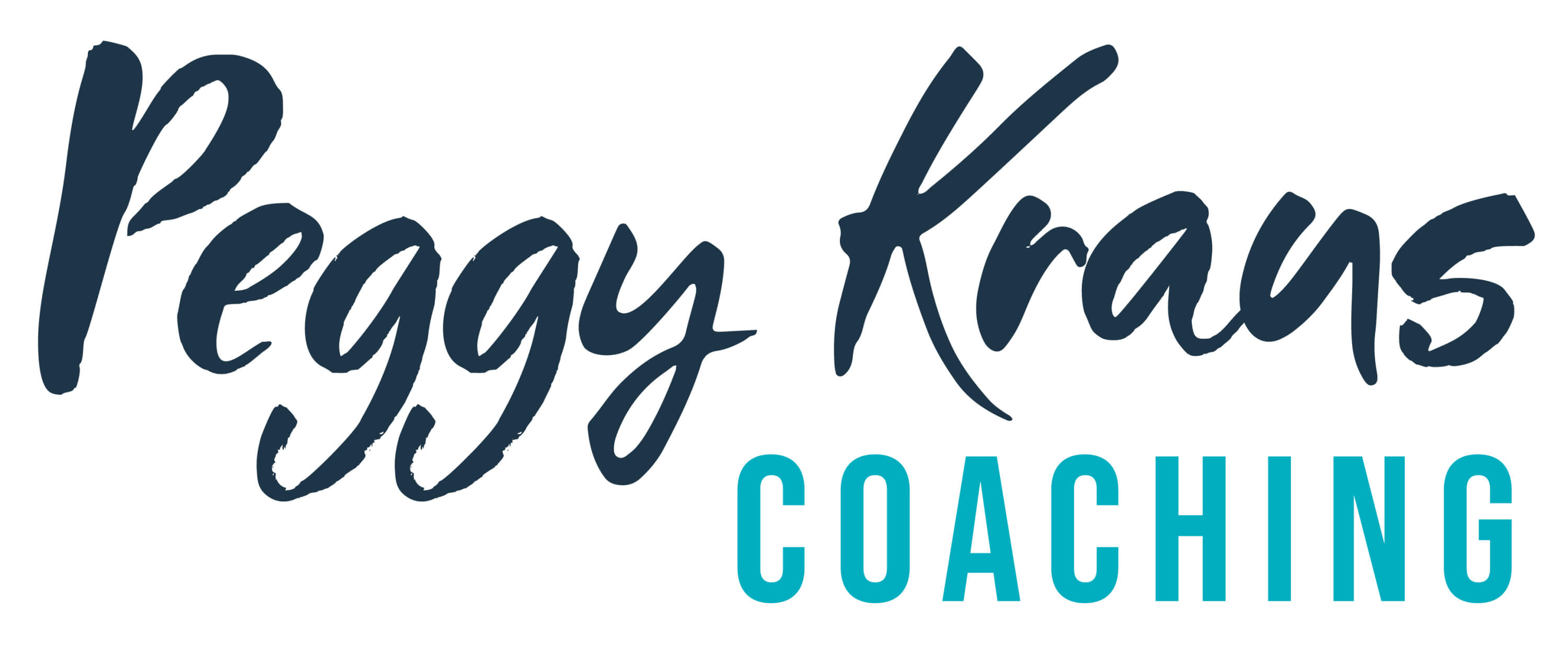
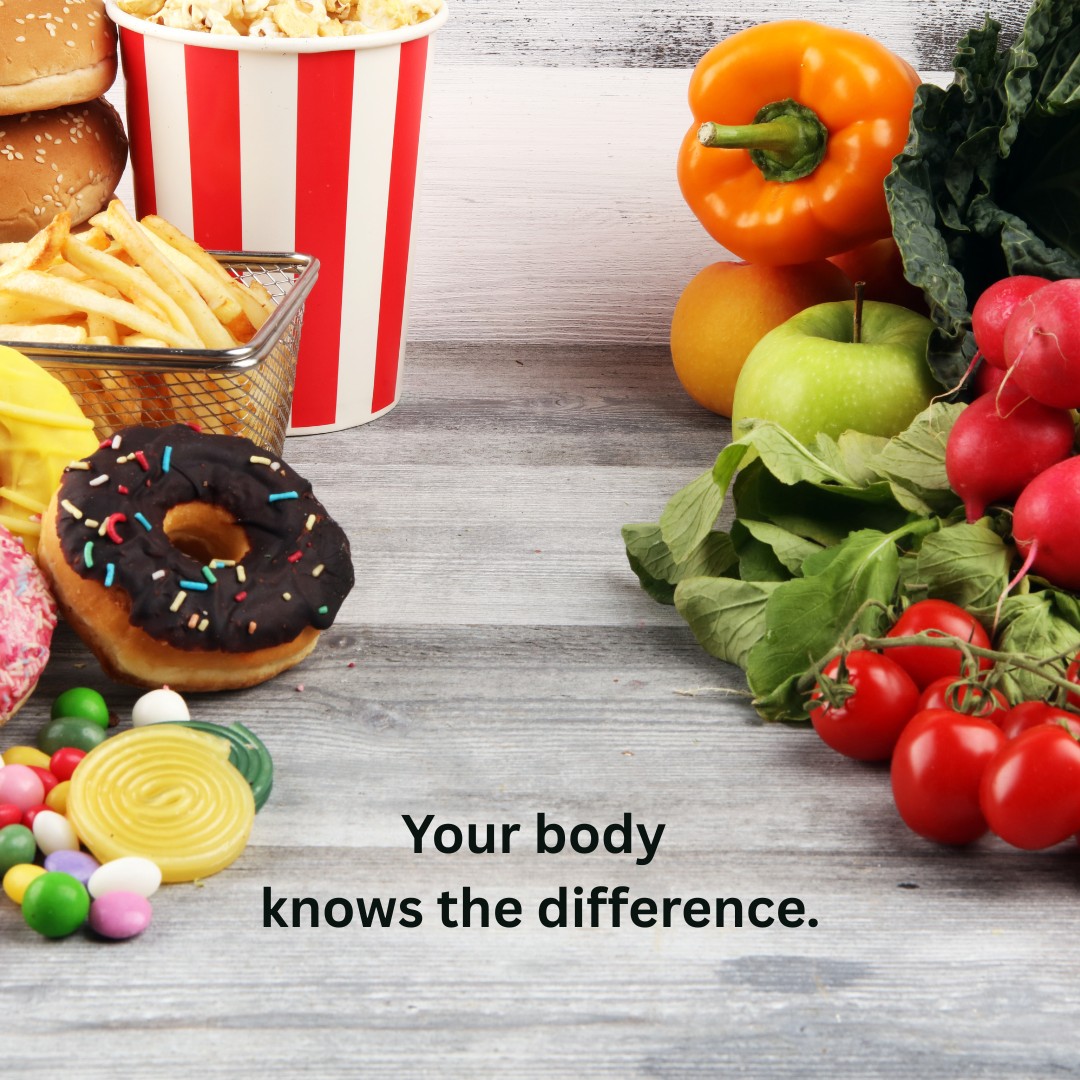





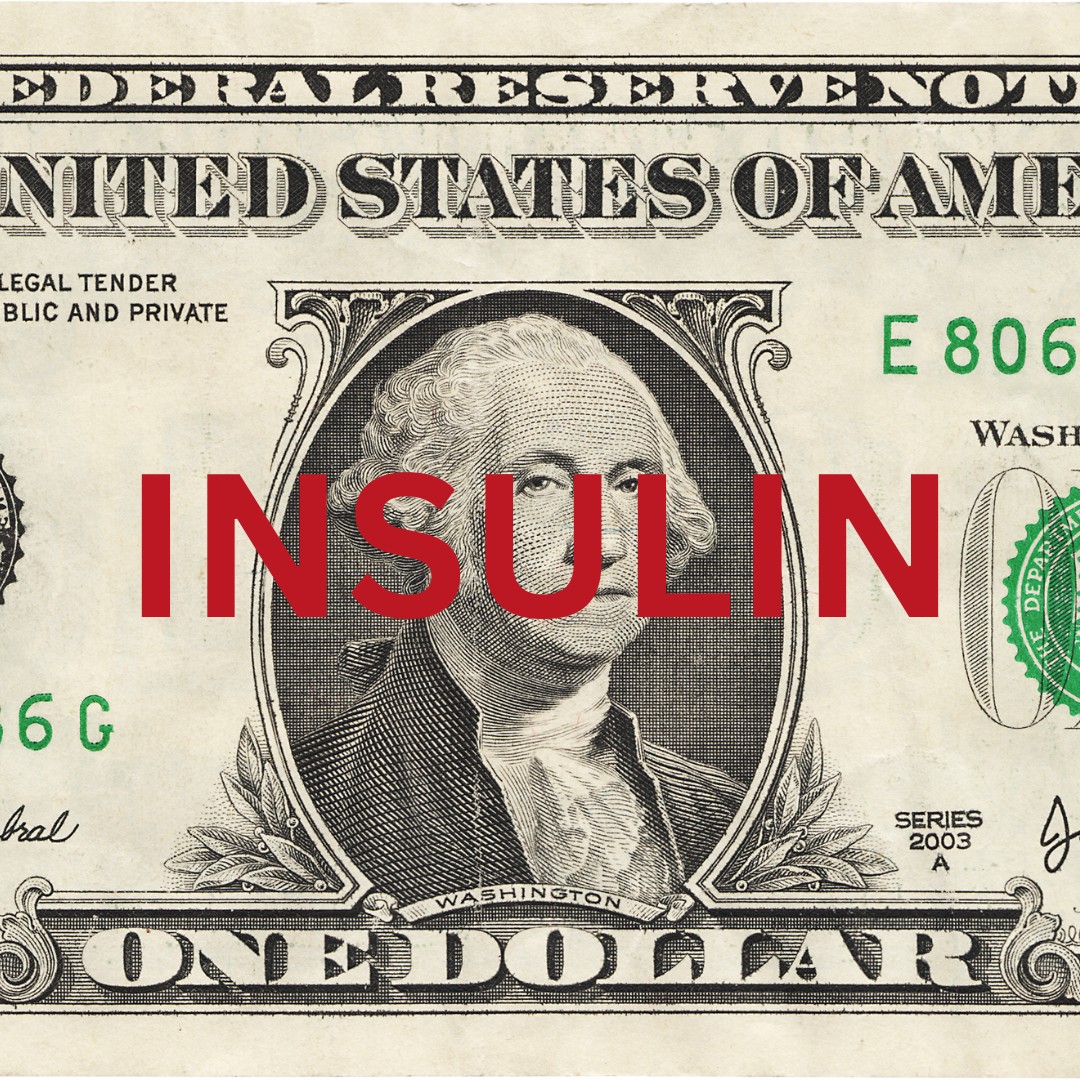
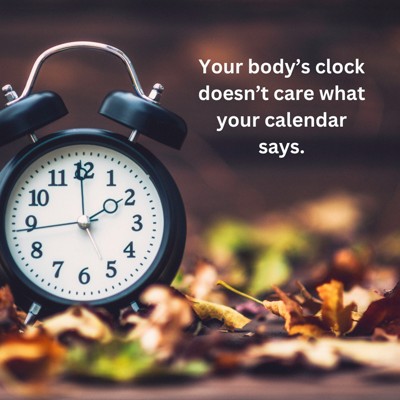








0 Comments